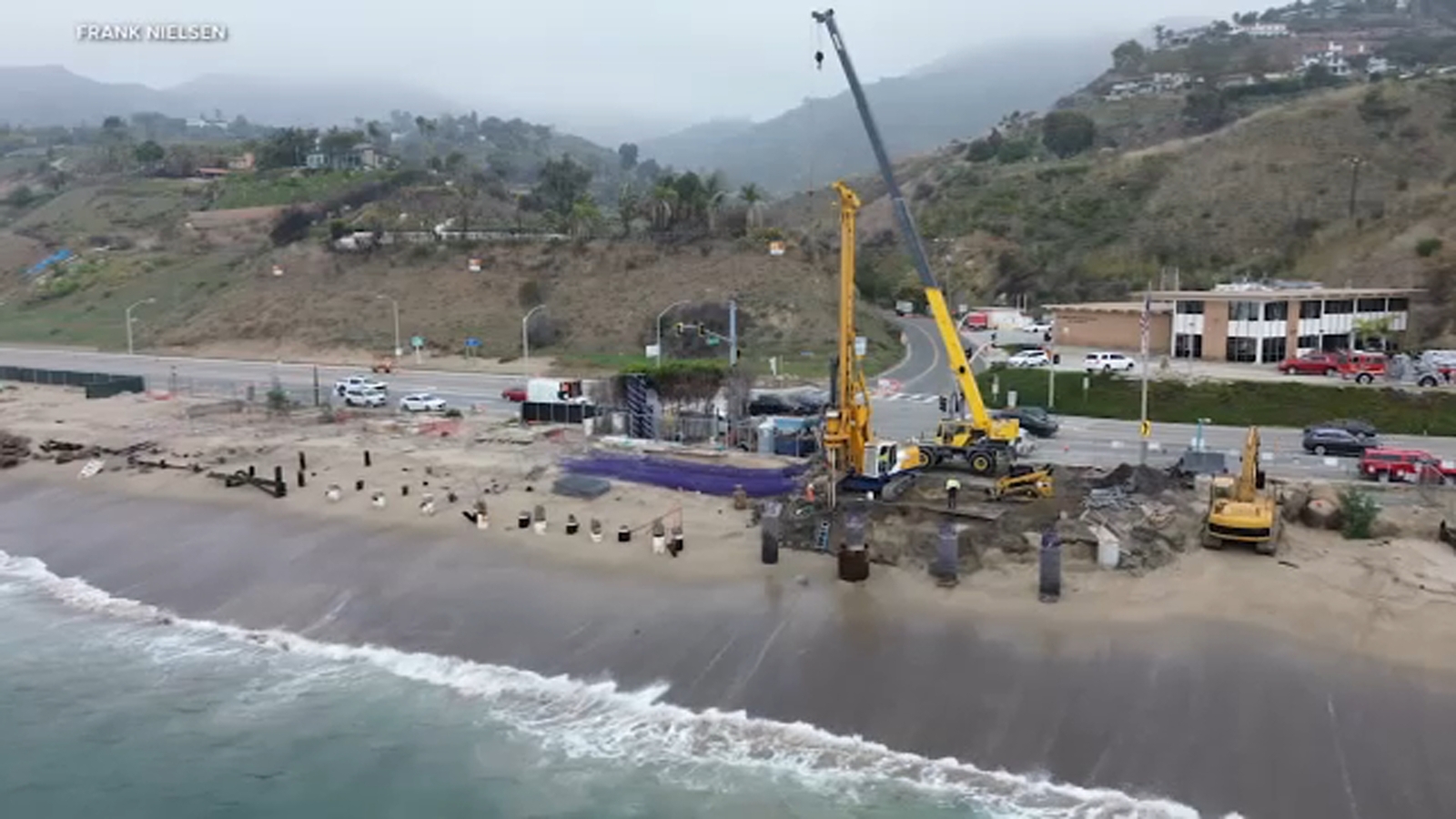Copyright KABC-TV

MALIBU, Calif. (KABC) -- It's been a traumatic seven years for Malibu. The 2018, the Woolsey Fire destroyed 488 homes and roughly half of them have been rebuilt. Then there was the pandemic, which stalled tourism. Mudslides and more fires, including the Franklin Fire in December 2024 and the Palisades Fire in January, destroyed more than 700 homes, closing Pacific Coast Highway for months. Now, it's been 10 months since the Palisades Fire, and the city of Malibu has issued 11 permits to rebuild. "Seven hundred twenty people were ripped out of their homes, didn't volunteer to add on," said Darren Graves, who lost his Malibu home in the fire. "They just want to come back home. They should have a different process than the traditional process." "We understand that there is a paradise tax we need to pay while living here, and to an extent, we accept that. What has been frustrating is the way we have responded to these crises," said Malibu resident and developer Abe Roy. Roy served as the city's rebuilding ambassador, but was resigned after his views conflicted with some on the city council. He's concerned the lengthy process to build in Malibu, which he says is complicated by design to slow development, is discouraging those who lost their homes from coming back. Malibu Mayor Marianne Riggins shares that concern. "This is the one tragedy that can't ... you just don't want to come back to Malibu," said Riggins. Roughly 20 percent of the now empty lots are for sale. "At the present moment, you receive corrections from five different departments in five different time spans," said Roy. "The city of Malibu is a fairly small city. They don't have the kind of staff that, lets say Los Angeles, has to handle Palisades. As a result, you have to hire consultants for it. Now, there's an inherent issue with that because the consultants bill by the hour. More corrections, more reviews, well their billable hours go up. That has to be managed very closely. In a crisis of this magnitude, we have to bring in our own resources and negate those conflicts. We've been trying to do that, but it's been 10 months. Why hasn't that happened?" Graves said on top of that, the topography is difficult. "The interests are many. There's all this pressure from people who don't live here. Legislators who don't live here. The logistics of the highway makes construction difficult." But from those who run the city of Malibu, there's a more optimistic outlook. They say things started slow due in part to the size of the disaster, but that permitting is picking up with more permits being issued every week. "If you want to rebuild, the city of Malibu is here, and we have the policies to make that a reality for you," said Riggins. "It's a difficult thing for homeowners to go through and make those decisions. Building a house in the best of times in the easiest place to build it is still an intricate puzzle that you have to go through. Doing it while you're coming out of a tragedy can make it even more difficult." Yolanda Bundy, the director of Malibu's Community Development Department, said she wishes they had a lot more. "We started slow, and I credit that to the complexities that have been issued ... mudslides, PCH closed, the whole community has been affected by it," she said. "It's hard for me to even quantify the loss or the disaster we're facing." There's a Malibu rebuilding center where city departments have come together to support residents. That's where Eyewitness News met Dean Wenner, who also lost his home in the fire. He's working with the city to lift requirements, and has joined forces with neighbors to drive down costs. "When we build back, it's going to be a lot better than it was," said Wenner. Rebuilding beachfront homes Before construction begins on beachfront homes in Malibu, homeowners have to assess the wave conditions to make sure that over time, the surf doesn't impact their wastewater systems or septic tanks. That's expensive. Along with reinforcing the seawalls to make sure that over time, Pacific Coast Highway doesn't encroach on their properties. Graves' grandmother bought a beachfront home in 1973. It became his home after she passed away. "The home that was built here was built in 1958," he told ABC7. "It was wood piles, wood walls, stucco. I'm sure on January 7th, it lit up like a matchbook. So, we're not doing that again. We're doing concrete piers, dry-pack concrete walls, metal roofing, metal siding, fire shutters, the whole nine yards." Over time, building codes have become more complicated and environmental regulations have increased. Even with all the difficulties, Graves is committed to returning. "We want to come back as soon as possible and help bolster business and keep Malibu as strong as it's ever been," he said. "I've had the best moments of my life here. I learned to swim here. I have past memories that I want to live and remember and I have future memories I want to create."



